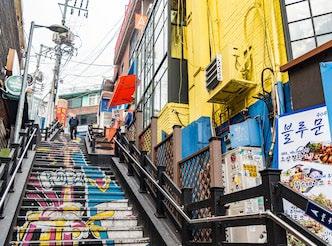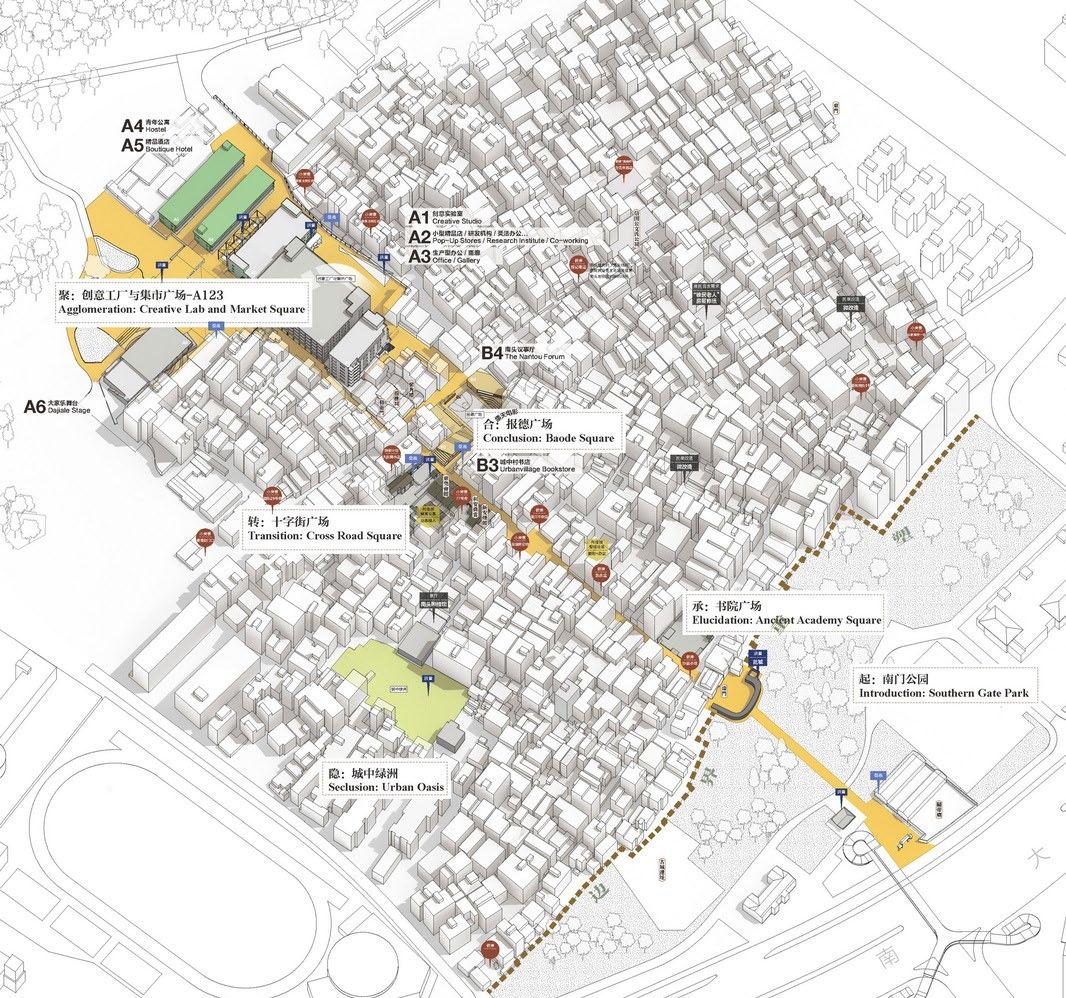
2 minute read
6. Culture led Urban Regeneration: Case Study
Culture Led Urban Regeneration Case study
Nantou Old Town, China
Advertisement
Founded in 331AD, as the administrative center of Dongguan Prefecture, Nantou is one of the oldest urban villages in central part of Shenzhen. The walled city was given a new lease of life when Urbanus proposed to promote the rejuvenation of the ancient city through surgical interventions and cultural activities. And the idea of hosting the (UABB) Bi-City Biennale of Urbanism/ Architecture (Shenzhen) was born.
The exhibition was designed as a route consisting of architectural spaces and exhibition venues along with reconstruction and renovation of a public open space system which is non existent in the old city currently. Moving from north to south, the route consists of five zones with each of them marking a specific landmark in the village. During the renovation, the design team intervened on different scales, albeit sensitively, including streets, squares, factory buildings, residential buildings, historical landmarks as well as parks. Following the narrative of “Introduction, Elucidation, Transition, Conclusion, agglomeration, Openness and Seclusion” the entire exhibition route tries to imitate the structure of Chinese literature or drama.
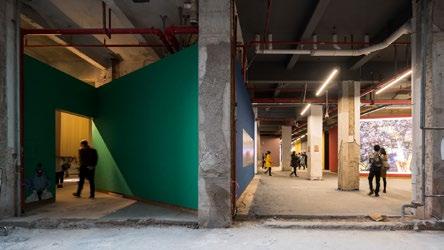
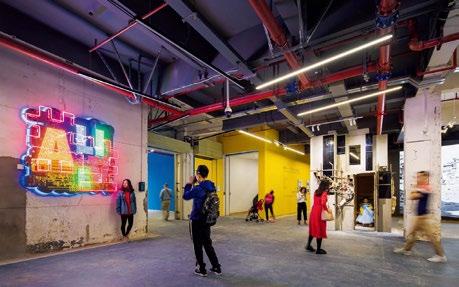
Source : https://www.archdaily.com/899370/urban-design-and-research-ofnantou-old-town-plus-architectural-design-of-uabb-venue-urbanus
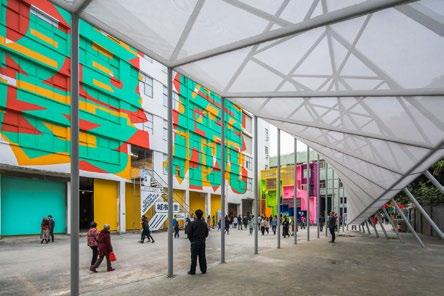

Culture Led Urban Regeneration Case study
Itaewon, Seoul, South Korea
Itaewon is a district in Seoul regarded as the melting pot of multi ethnic cultures, owing to its unique geographical location and history. Located in proximity to a US military camp, since the 1950s. “The conspicuous presence of ‘foreigners-only’ clubs and bars as well as gay clubs deteriorated Itaewon’s image as a sexually and morally ‘contaminated’ place within a society with strong Confucian morals.“(Kim,2015).
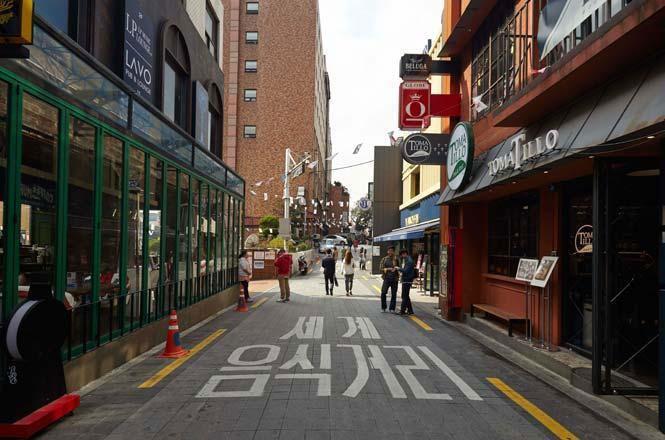
Post independence, owing to industrialization and globalization, Korea saw an influx of migrant population, foreign as well as native and Itaewon became an easy choice for them due to low rents. In contrast to state initiated culture led urban regeneration efforts, Itaewon has a unique and organic growth trajectory. By the 2000’s the neighborhood flourished with cafe, restaurants, trendy boutiques as well as tourist hostels for the foreigners. The cultural identity of Itaewon owing to the cultural entrepreneurs transformed to one experimental and trendy thus pulling more young population and artists thus creating a destination in Seoul despite the absence of flagship programmatic infusion.



